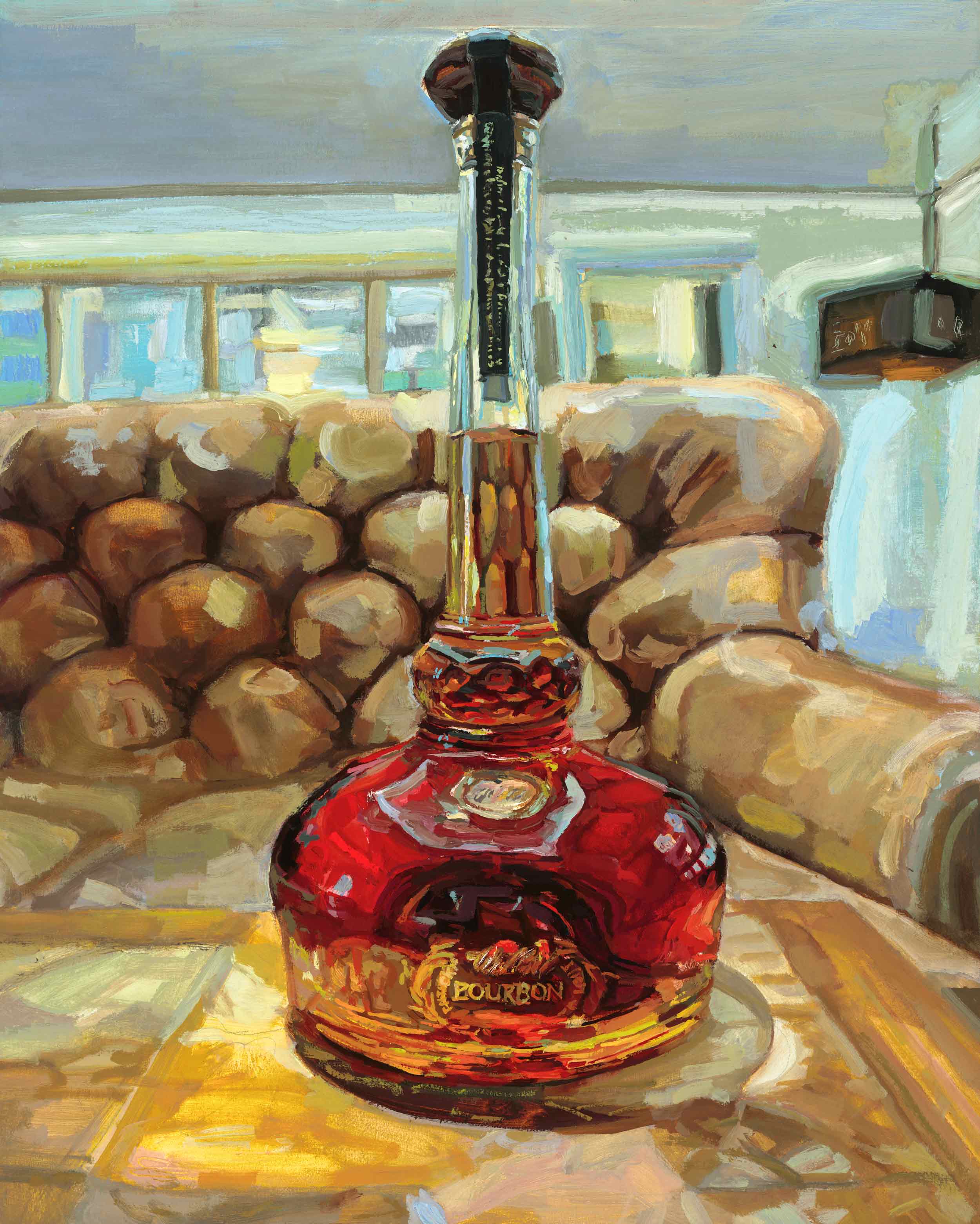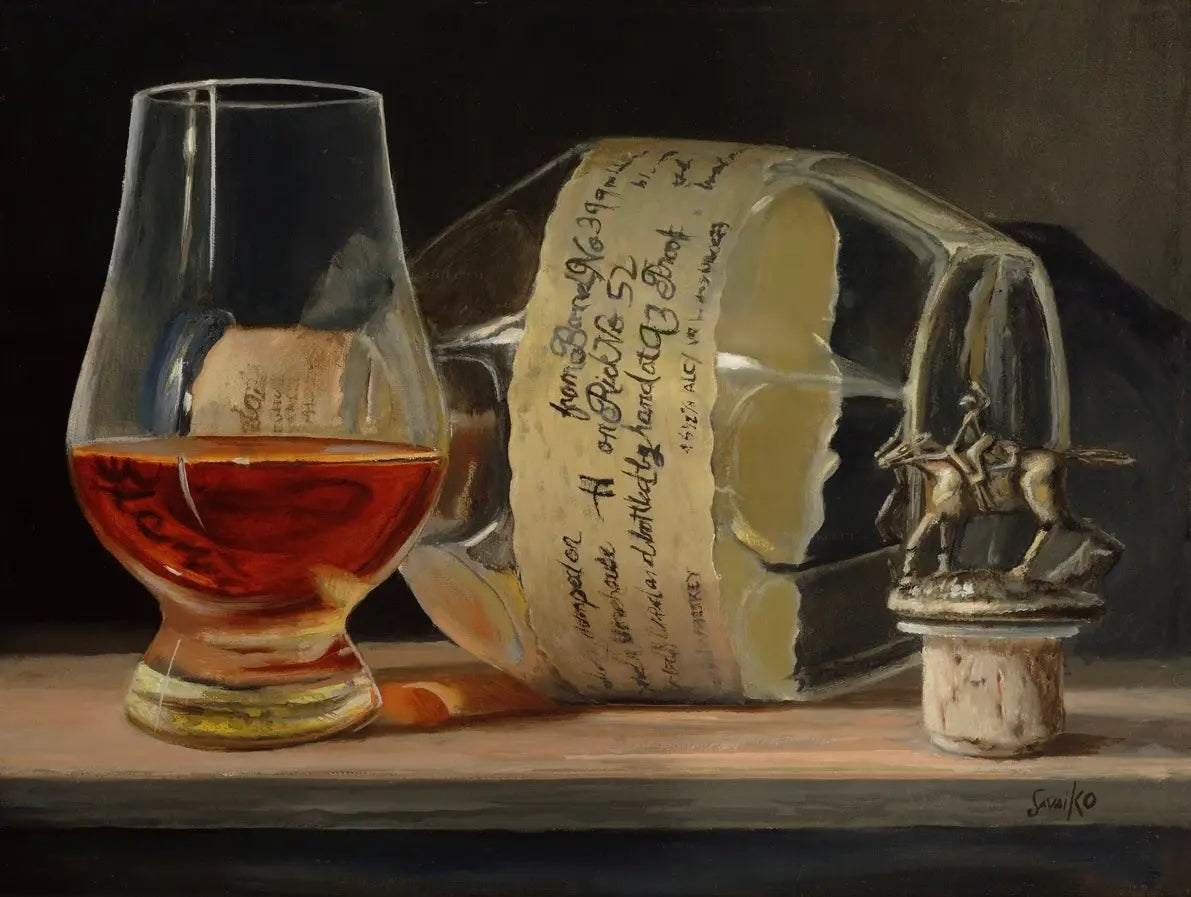The Appeal of Realism Art: A Deep Study Whiskey's Rich Heritage
The Appeal of Realism Art: A Deep Study Whiskey's Rich Heritage
Blog Article
The Importance of Whiskey Art in Celebrating Heritage and Workmanship in the Beverage Sector
The detailed connection in between scotch art and the party of heritage and craftsmanship within the beverage sector can not be overemphasized. Through attentively designed tags and containers, whiskey brand names envelop their historical origins and the artisanal abilities that define their manufacturing methods.
The Historic Origins of Whiskey
At the heart of scotch's attraction lies an abundant tapestry of historic roots that map back to old worlds. The beginnings of whiskey can be linked to the purification methods of the Sumerians and Babylonians around 2000 BCE, where very early types of fermented grain beverages began to arise. It was in the Middle Ages that the art of purification advanced substantially, especially in Ireland and Scotland, leading to the production of whiskey as we know it today.
The term "scotch" itself originates from the Gaelic word "uisce beatha," implying "water of life." This expression emphasizes the social significance of whiskey in Celtic societies, where it was frequently connected with routines, parties, and public bonding. By the 15th century, purification came to be an acknowledged craft within reclusive communities, leading the way for the establishment of lawful distilleries.
As trade paths broadened, scotch's popularity grew, going beyond local borders and recording the passion of aficionados worldwide. Bourbon Art. This historic trip mirrors not just the craftsmanship behind scotch production yet additionally its essential role in social and cultural contexts, noting it as a substantial drink throughout history
Artistic Expression in Branding
Scotch branding stands as a compelling intersection of virtuosity and business, where aesthetic identification plays a critical function in shaping customer perception. The appearances of whiskey tags, product packaging, and marketing materials mirror not just the brand name's tale but also its core worths and heritage. With artistic expression, distilleries share a story that resonates with customers, evoking emotions and triggering connections.
The usage of color, typography, and images in branding offers to separate products in a saturated market. For example, standard motifs might evoke a sense of credibility and craftsmanship, while modern-day designs can indicate development and forward-thinking. This strategic creative instructions enhances brand acknowledgment and loyalty, enabling consumers to forge a personal partnership with the whiskey they choose.
In addition, artistic expression in branding commonly acts as a celebration of regional heritage. Distilleries regularly include local symbols or historical referrals right into their designs, creating a sense of location that welcomes consumers to take part in a wider cultural experience. Ultimately, the virtuosity behind scotch branding not just enhances visual appeal however additionally improves the general narrative of the brand, fostering a much deeper appreciation for the craftsmanship and heritage embedded in each bottle.
Craftsmanship in Bottle Design
The creativity apparent in scotch branding prolongs beyond visual identification to include the workmanship included in bottle style. Each bottle acts as a vessel not just for the spirit within, but also for the story it outlines its quality, practice, and beginning. The style process needs careful interest to information, as components such as form, product, and closure add considerably to the general assumption of the bourbon.
Craftsmanship in container style involves choosing top notch glass that can improve the whiskey's shade and clearness, while also giving a tactile experience for the consumer. The shape of the bottle have to be both aesthetically enticing and practical, frequently mirroring the heritage of the brand name. Many distilleries select distinct forms or embossed logo designs that evoke a feeling of authenticity and history.
Moreover, the label design and typography play an important function in interacting the brand name's story. Realism Art. A well-crafted bottle not just astounds the customer's eye yet likewise enhances the brand's dedication to top quality and practice. In this method, the workmanship of bottle style comes to be a crucial facet of the whiskey experience, combining artistry with an extensive respect for heritage
Cultural Relevance of Whiskey Art
Celebrating practice and craftsmanship, the cultural importance of scotch art goes beyond mere visual appeals, linking with the historical and social narratives of the regions where it stems. Each bottle works as a canvas, showing the special tales, mythology, and practices that have actually shaped regional whiskey-making practices. The complex layouts often mirror the heritage of the distillers, incorporating symbols and concepts that resonate with the culture and values of their communities.
Additionally, whiskey art plays a crucial duty in communal events and parties, acting as a concrete web link in between people and their shared experiences. By appreciating the virtuosity in bourbon packaging, consumers grow a deeper understanding and regard for the craft, inevitably improving their pleasure of the beverage itself.
Modern Trends in Whiskey Discussion
In the last few years, the presentation of bourbon has advanced to show contemporary tastes and patterns while still honoring traditional workmanship - Whiskey Art. Distilleries are increasingly concentrating on aesthetic elements that improve the overall alcohol consumption experience, bridging the space between heritage and modernity
Cutting-edge container layouts have actually arised, frequently including sustainable products and artistic tags that tell compelling tales. Many brand names now work together with regional artists, instilling their items with unique aesthetic expressions that reverberate with consumers. Furthermore, limited-edition launches are frequently packaged in collectible containers, including worth and appeal for aficionados.

Conclusion
To conclude, scotch art acts as an essential conduit for sharing the heritage and workmanship fundamental in the drink sector. Via intricate branding, innovative bottle designs, and culturally significant imaginative components, bourbon brands properly honor their traditions and connect with consumers. This creative story not just boosts the admiration of bourbon yet likewise strengthens neighborhood identity and pride amongst manufacturers. Ultimately, bourbon art plays a necessary function in preserving and commemorating the abundant social tapestry of whiskey-making.


Workmanship in bottle layout includes selecting high-quality glass that can boost the scotch's shade and clearness, while also supplying a responsive experience for the customer. In this way, the workmanship of bottle layout ends up Whiskey Art being a vital element of the whiskey experience, combining creativity with an extensive respect for heritage.
In verdict, scotch art offers as a crucial conduit for sharing the heritage and workmanship fundamental in the drink market.
Report this page